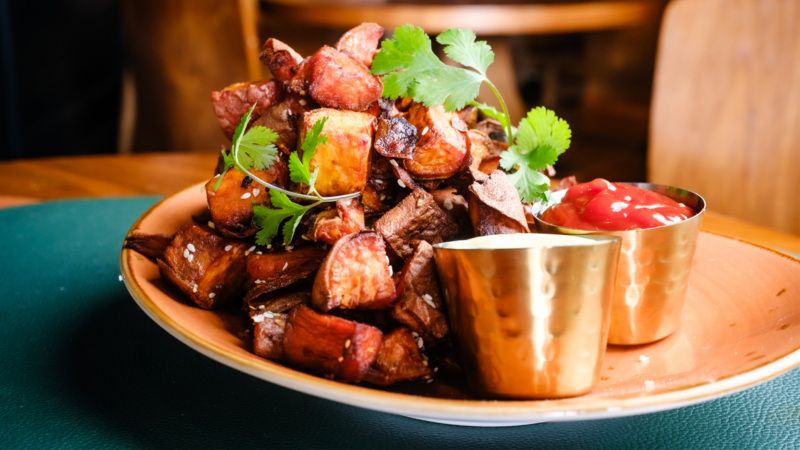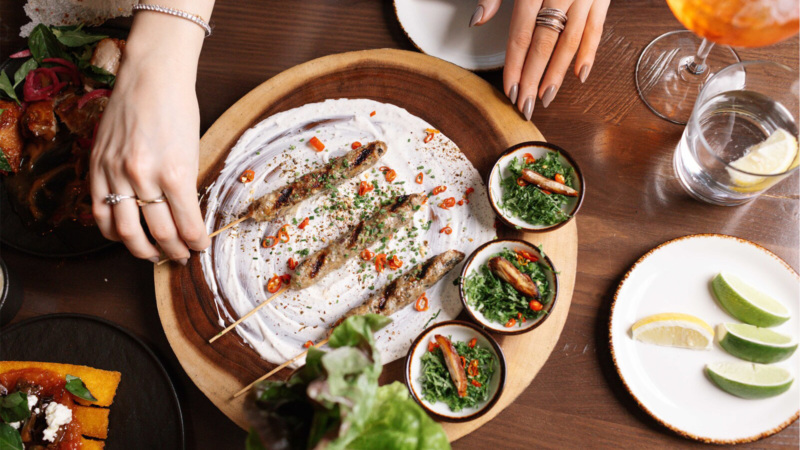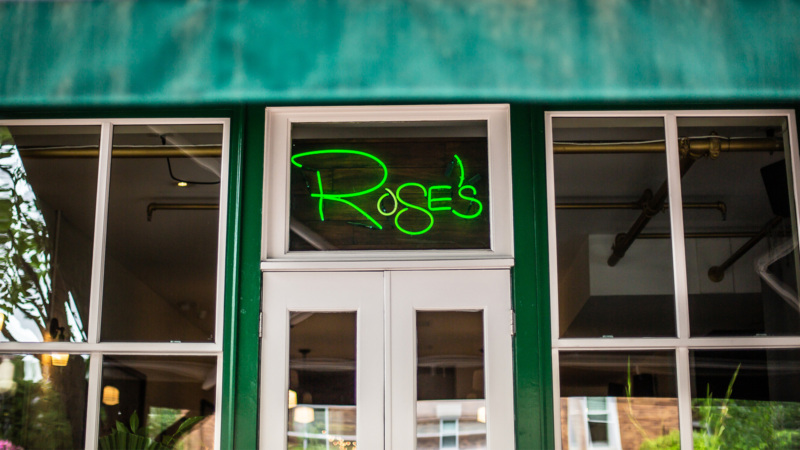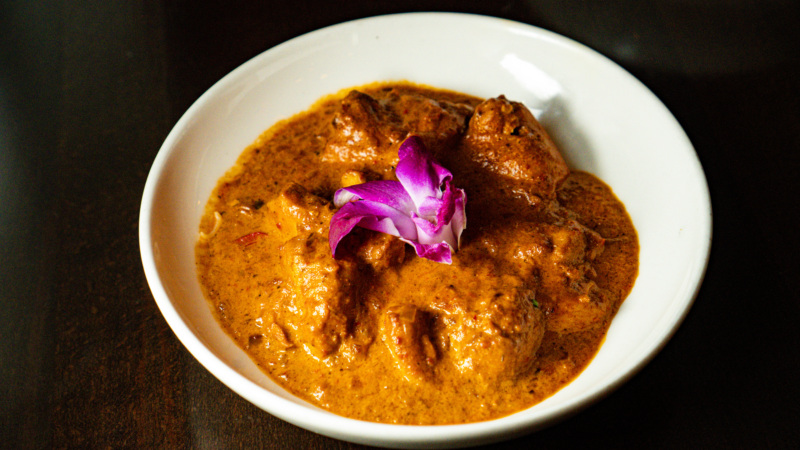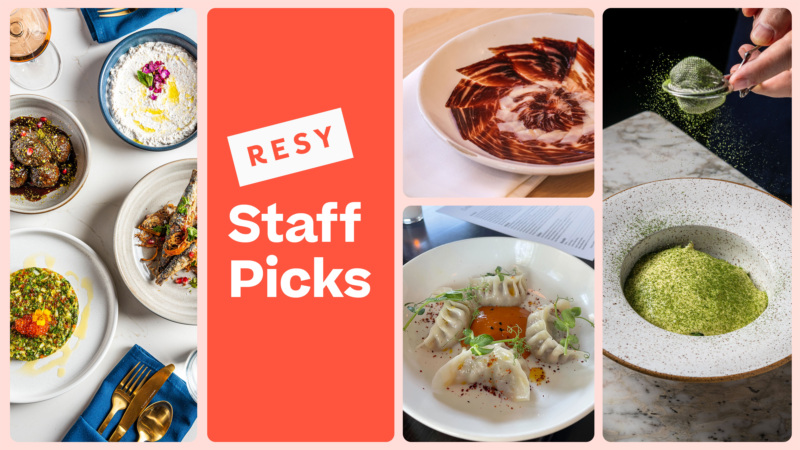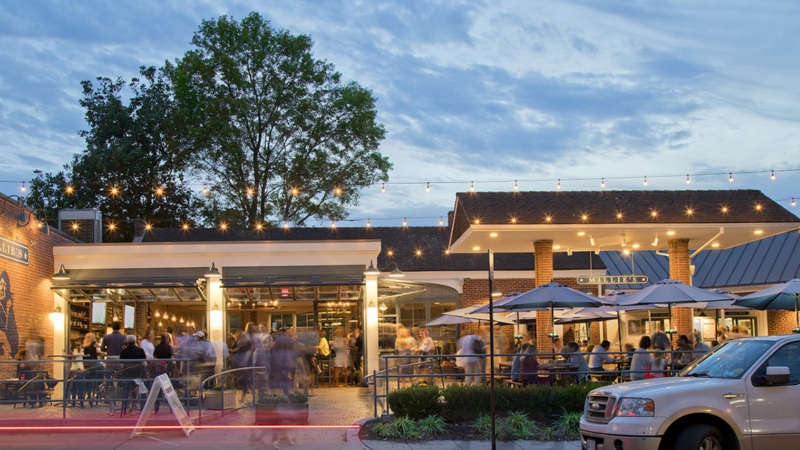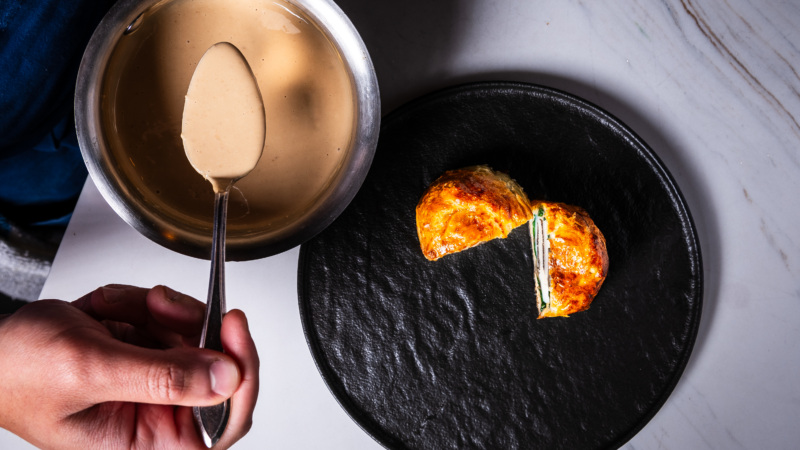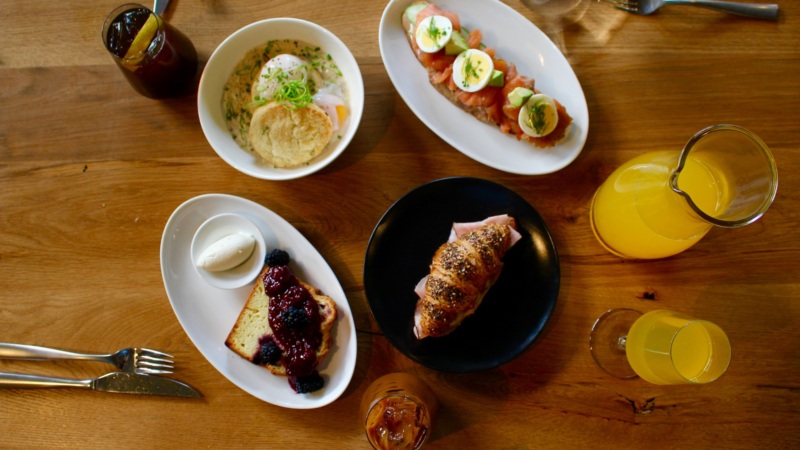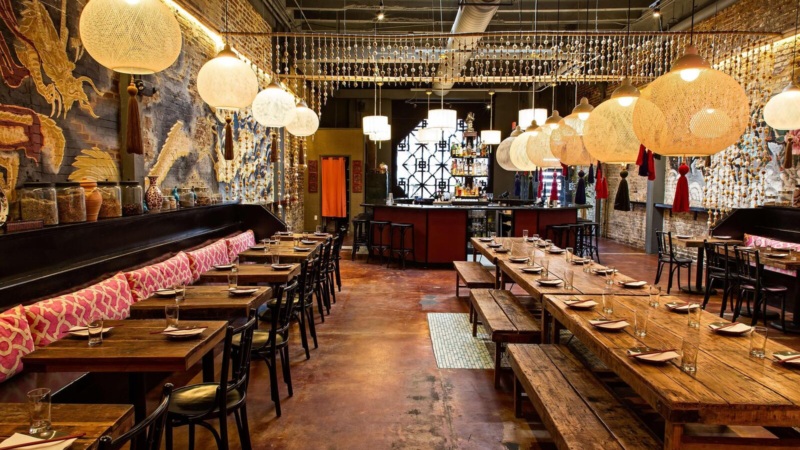
Everything You Need to Know About the Reopening of DC’s Rooster & Owl
On March 19, DC’s Rooster & Owl, helmed by executive chef and co-owner Yuan Tang, reopened for on-site dining after a three-month-long winter hibernation where the restaurant was takeout-only. The acclaimed restaurant, which originally opened in 2019, was founded by Tang and his wife, general manager and co-owner, Carey Tang.
Chef Tang is also one of 45-and-counting DC-based chefs participating in the Chefs Stopping AAPI Hate takeout dinner series that runs from April 4 to the end of May. You can read more about the dinner series, which benefits the nonprofit organization, Stop AAPI Hate, here.
Here’s a primer on what you need to know about the standout tasting-menu restaurant.
1. Why reopen now?
The spring weather, and the fact that more people are now vaccinated, prompted Tang to reopen Rooster & Owl for on-site dining, available both indoors and outdoors. So was keeping staff employed and healthy.
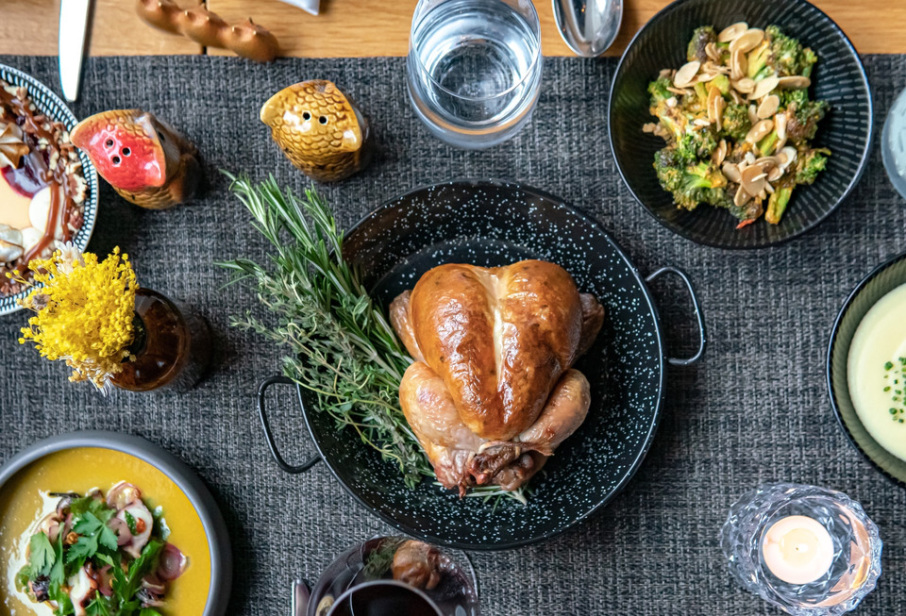
“At the end of the day, for us we just want to make sure we take care of our staff,” Tang says. “So, for us opening and closing has to do with trying to keep as many people on as possible. We did to-go, for example, to allow me to keep my entire kitchen team, even though I couldn’t keep any front-of-house staff. Takeout kept my kitchen team intact [during the winter]. Now that we’re reopening, we’re also thinking it’s going to be helpful for the mental health of our team, and they can get back some income and start to return to normalcy.”
2. Let’s talk about the food
While Rooster & Owl adopted a three-course dining format during the pandemic to reduce guest interaction and exposure on site, now that it’s reopening again it will return to its four-course dining format, priced at $75 per person. For each course, diners have a choice of one of four options.
When Tang originally opened Rooster & Owl, he was careful to classify it as a market-driven restaurant, not bound by cuisine classifications like New American, Asian, or French, though you might see influences of all of the above (and more) on the menu.
“We’re going to pull all the stops, all the big hitters. It’s going to be one of the best menus we’ve produced and we hope that it’s a good way to introduce people back,” says Tang.
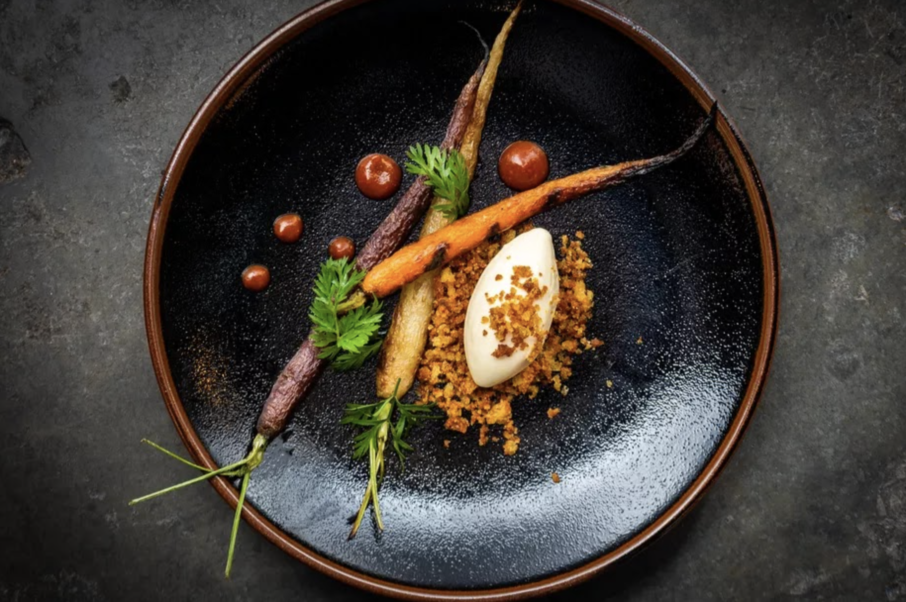
This spring, you can expect to see a lot of favorites back on the menu, like the barbecued carrots with a cornbread ice cream starter, or, for the second course, pot-roast-inspired braised oxtails with a Yukon Gold potato puree and glazed rutabagas.
There’s also a second course dish featuring napa cabbage with camembert and pepitas breadcrumbs, and a third-course “beet quallington” that features prosciutto and oyster mushrooms in a curry sauce.
“We’re ready to go and enjoy, to feel normal again, and feel the sort of the excitement of dining out,” he says. “This is meant to be a fun, enjoyable dining experience–not stuffy or uncomfortable. We want to refocus on our original mission to create elevated food that isn’t fussy and an environment where diners don’t feel out of place or like we’re too pretentious.”

3. On the pandemic’s lasting impact
Even as Tang and his team bring back menu favorites, the restaurant they’re running isn’t the same as it was before COVID-19. “I do think the pandemic changed a lot about how we think of things when running a restaurant,” says Tang. “When we first opened, pre-pandemic, it was our first year, so we were still continuing to evolve.”
He says knowing how to properly staff the restaurant for takeout-only service was a big lesson, as was approaching the cuisine differently. “We had to strip away a lot of extras like garnishes and things that didn’t transport well. What it really boiled down to was sticking to the fundamentals, which is flavor,” Tang adds.
And, he says, “The most important lesson we learned is how incredibly important our guests are to us — we have a wonderful community of repeat diners and that’s how we survived. I think coming out of it, we’ll be a better restaurant because of it.”
Deanna Ting is a Resy staff writer. Follow her on Instagram and Twitter. Follow Resy, too.

